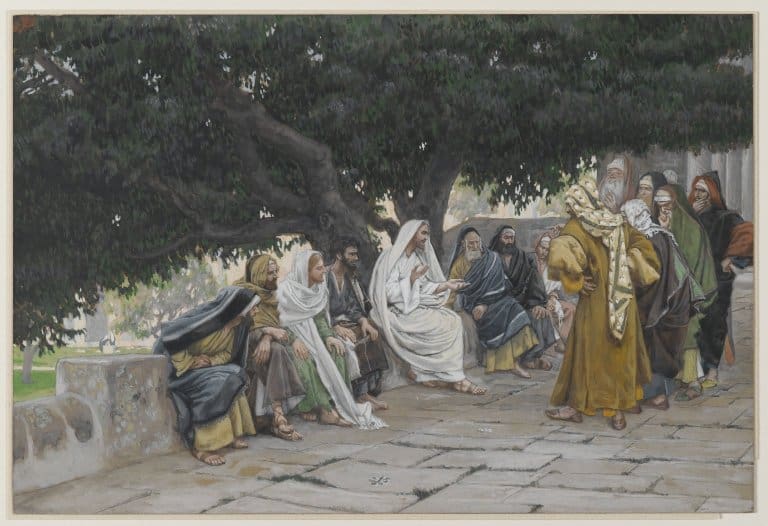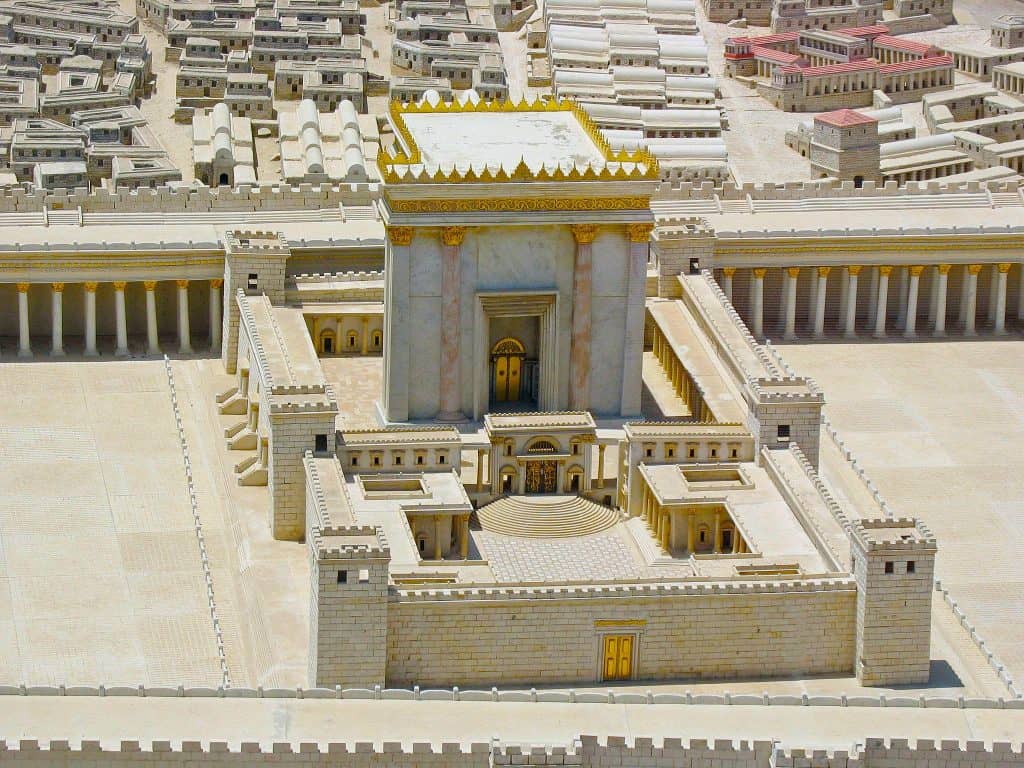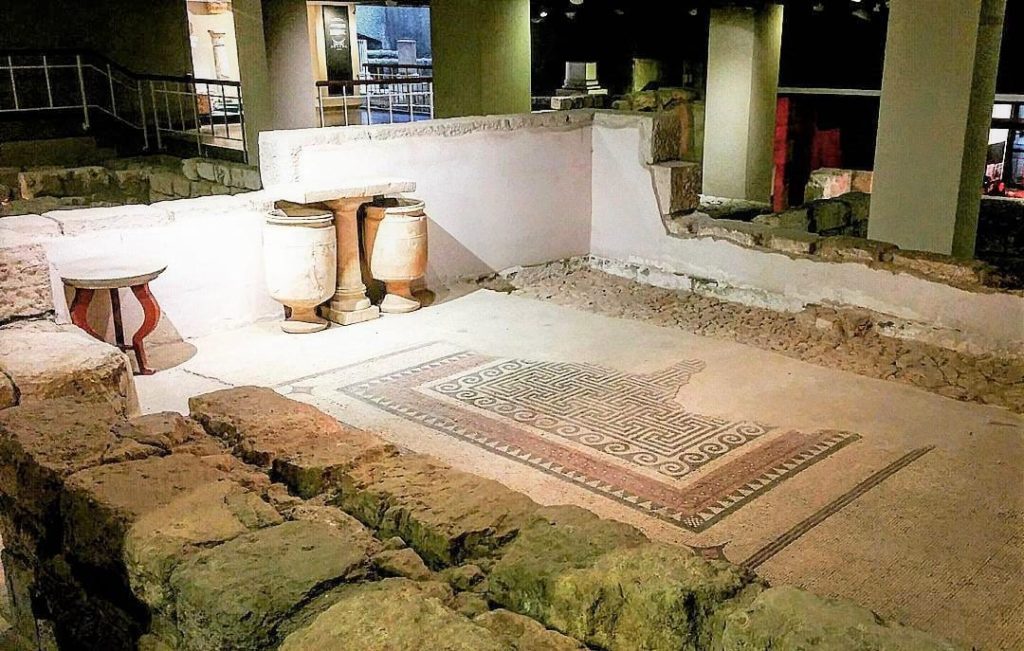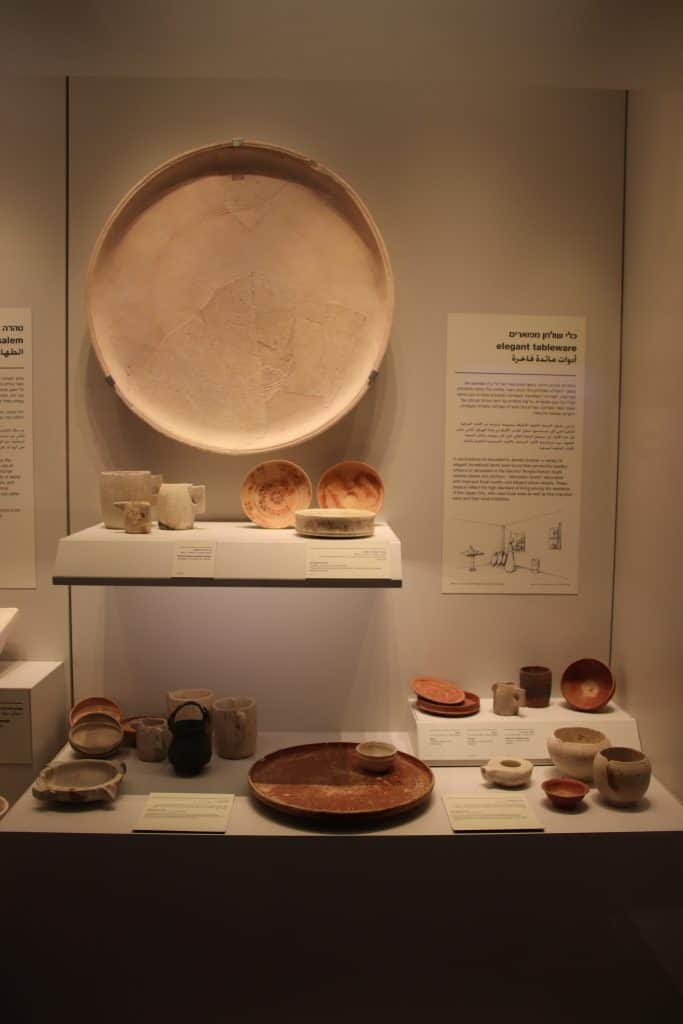The Sadducees were a prominent religious and political group within ancient Judaism. Although they existed relatively short, the Sadducees left a lasting impact on Jewish history, and their beliefs sparked significant theological debates. In this post, we’ll explore the origins, beliefs, and eventual decline of the Sadducees, shedding light on this intriguing faction.

The Sadducees emerged as a distinct sect in ancient Judea during the Second Temple period (516 BCE – 70 CE). Their name is believed to have derived from the Hebrew word “Tzadok,” referring to Zadok, a high priest during the time of King Solomon. The Sadducees primarily consisted of the priestly aristocracy, including high priests and members of the priestly families.
The Second Jewish Temple

The Sadducees wielded considerable influence due to their close association with the Temple and participation in religious rituals and governance. They held key positions within the Sanhedrin, the Jewish high court, and collaborated with Roman authorities, which granted them political authority over Jewish affairs. As a result, the Sadducees played a crucial role in the socio-political landscape of their time.
The Herodian Quarter

The Sadducees adhered strictly to the written Torah, the Five Books of Moses. They placed less emphasis on the oral traditions and interpretations that later became the foundation of Rabbinic Judaism. They rejected the authority of other scriptural texts, such as the Prophets and Writings, emphasizing a more literal interpretation of the Law.
One notable distinction of the Sadducees was their denial of the belief in the afterlife, resurrection, and the concept of the soul’s immortality, which was widely accepted among other Jewish sects like the Pharisees and Essenes. The Sadducees argued that these beliefs were not explicitly mentioned in the Torah and thus rejected their validity.
The Sadducees: Decline and Disappearance
The Sadducees’ influence began to wane with the Romans’ destruction of the Second Temple in 70 CE. As the Temple was the center of their authority and their ritual practices heavily centered around it, its destruction profoundly impacted their sect. With the cessation of Temple worship, the Sadducees lost their religious and political platform, diminishing their influence.
Moreover, as Rabbinic Judaism gained prominence, focusing on the oral traditions and the development of the Talmud, the Sadducees’ literalist approach to the Torah and their rejection of the oral law became increasingly marginalized. Over time, the Sadducees gradually faded as a distinct sect within Judaism.

Despite their disappearance, the Sadducees’ theological positions and debates with other Jewish groups left a lasting imprint. Their denial of the afterlife and resurrection led to theological disputes, with the Pharisees and others vehemently opposing their views. These debates contributed to the development of Jewish thought and influenced subsequent religious discussions.

This prominent Jewish sect significantly influenced religious and political affairs during the Second Temple period. Their strict adherence to the written Torah, rejection of the afterlife, and association with the Temple made them distinct within the Jewish landscape. While the Sadducees eventually declined and disappeared, their legacy persists through the theological debates they sparked and their impact on the development of Jewish thought. Studying their beliefs and practices offers valuable insights into the diversity of ancient Judaism and its evolution over time.







